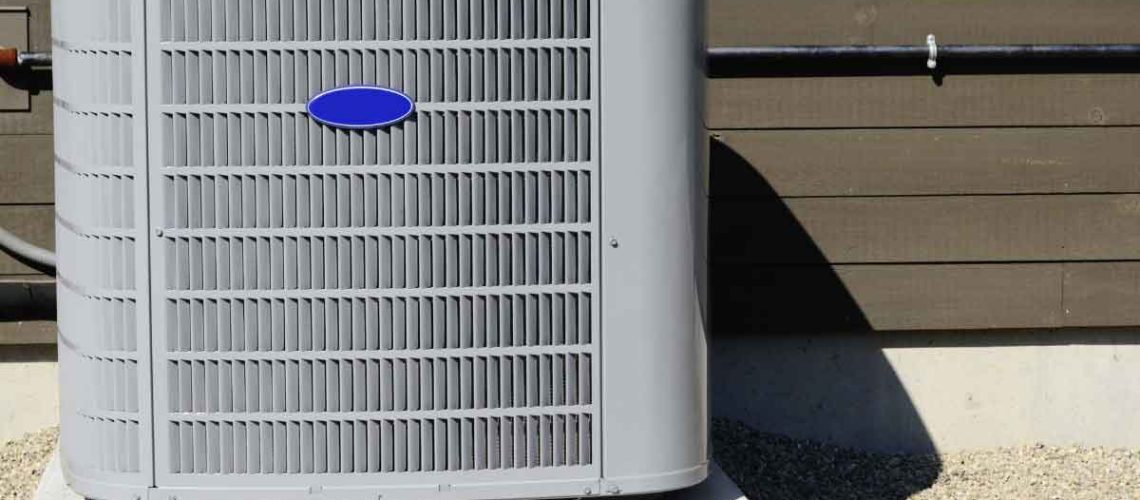Many homeowners looking to replace their air conditioning units ahead of the summer are torn between the ductless mini-splits and central air system. The dilemma is understandable. While the ductless mini-splits offer a better energy use efficiency, many have become most comfortable with their central air system.
If you’re at this stage of the buying process, you need a mini split ac vs. central air comparison highlighting the pros and cons of each option. Thankfully, we have compiled just the information you need to make a choice.
Our mini split ac vs. central air doesn’t outrightly condemn one option in favor of another. However, we highlight the important aspects of each one and let you make your decisions.
Pros of Ductless Mini Splits
Efficiency
One of the biggest reasons homeowners have ignored the ductless mini splits installation cost is its efficiency. The system is relatively new and leverages improved technology which guarantees better energy use.
The ductless mini-split comes with an inverter technology that converts high-voltage electricity into DC voltage. The conversion ensures that it can run on little energy.
Most ductless mini-split systems also have a SEER rating of over 30 on the cooling side with high heating efficiency.
The mini-split units also use variable-speed compressors to run as much or as little as needed to keep the indoor temperature balanced.
Built-In Zoning
Ductless
Flexibility
Cons of Ductless Mini Splits
Filtration
Aesthetics
Drainage
Drainage is a huge problem that many users have complained about. The air conditioning system extracts humid air, condenses it, and passes it off as water vapor. The water vapor passed out of the system can lead to a major drainage issue. It can also lead to water damage when not properly addressed.
Initial Price
Maintenance
Pros of Central Air System
Lower Initial Purchase Cost
Unlike the ductless mini-split that costs an arm and a leg, the central air often costs less upon purchase. It is important to note that the central air system isn’t cheap. However, it’s a more affordable option than the ductless mini-split.
The installation costs may also be lower, especially for homes with existing duct systems that do not require modifications.
Size and Range
Unlike the smaller ductless mini-splits, the central air system is often larger and designed to cater to larger areas. Homes may leverage one central unit for their heating and cooling unit, unlike the ductless mini-split, where they may need as many as eight heads to cover their cooling needs.
Integration With Air Quality Products
The central air system has a robust air filtration system that guarantees improved indoor air quality. This cannot be said for the ductless mini-split system. The ductless mini-split often requires constant maintenance and air filter changes to keep the indoor air quality at the highest level.
In addition to a robust and highly efficient filtration system, the central air system has an array of integrated air quality products available as add-ons for the whole home.
More Options
Cons of Central Air System
Increased Running Costs
Duct Maintenance
Temperature and Zone Control
Unlike in the mini-split system, where each zone in the home has control over its temperature, the central air delivers the same temperature across the home.
For clarity, the central air conditioning is a one-size-fits-all heating and cooling solution, whereas the mini-split is more flexible. This can create problems within the home, especially when people cannot agree to enjoy a certain temperature level.
Which Is The Best Option For Me?
After reading the pros and cons of each air conditioning system, the chances are high that you may have made a choice. Contact the nearest contractor to help. However, if you’re undecided, it may be best to speak to your contractor during the next air conditioning repair San Fernando Valley appointment about your options.

